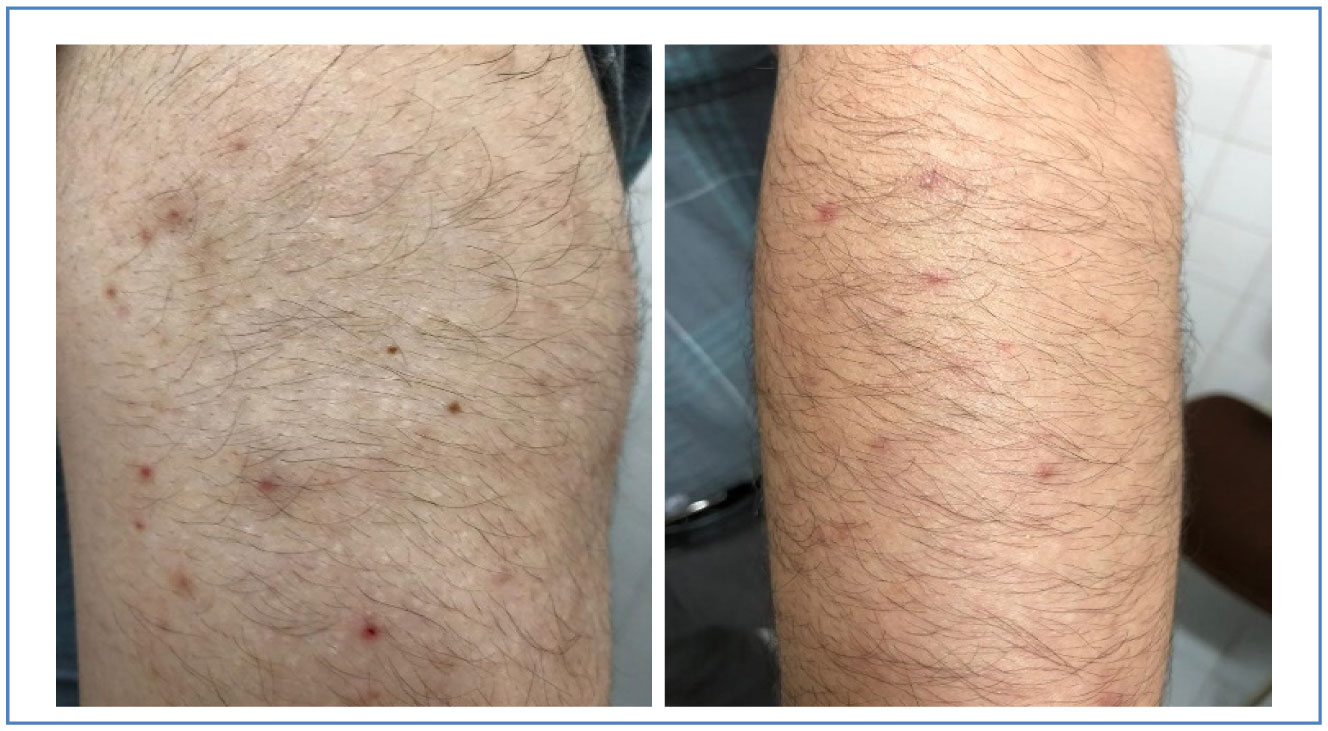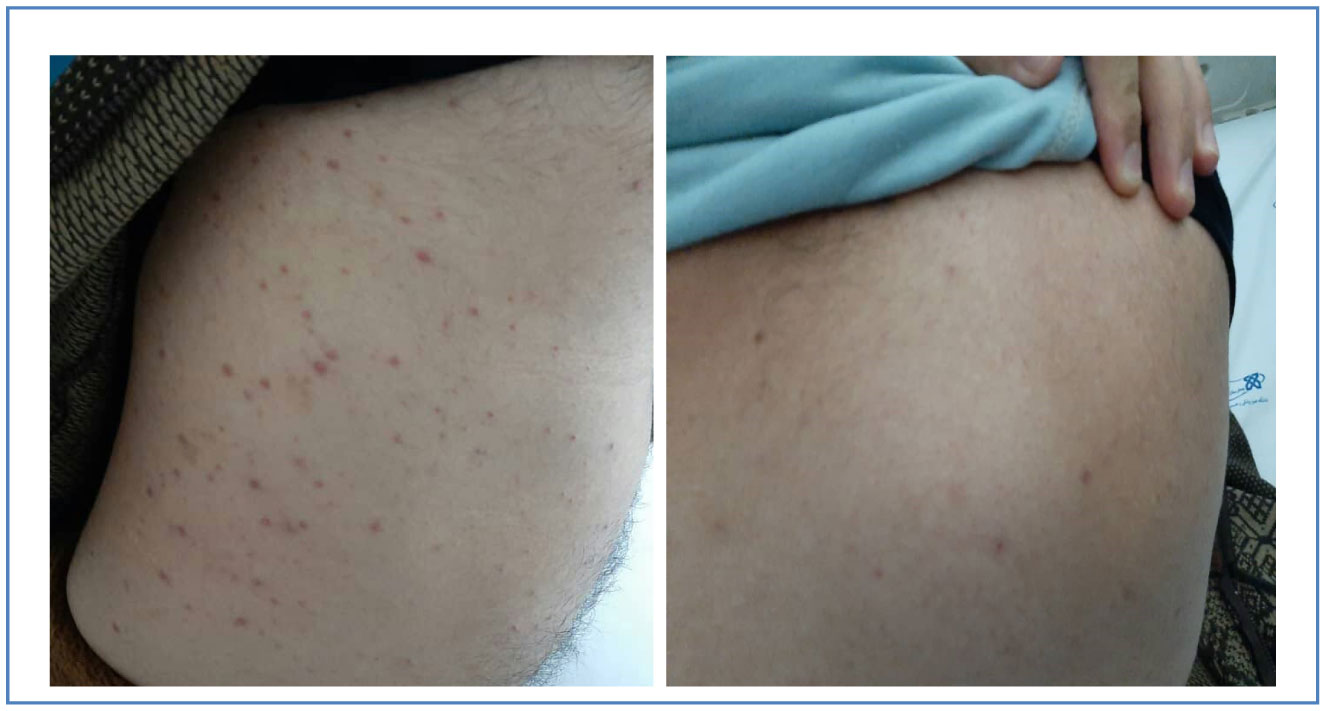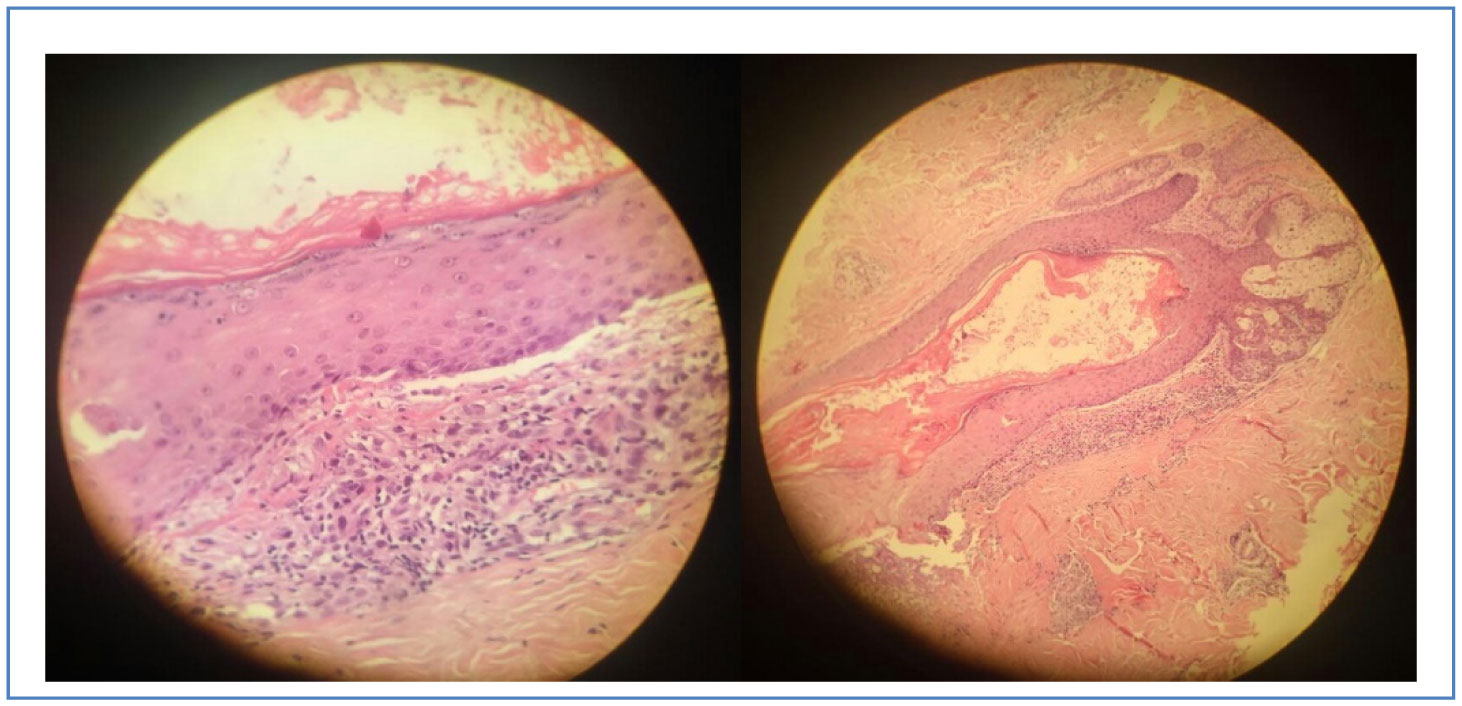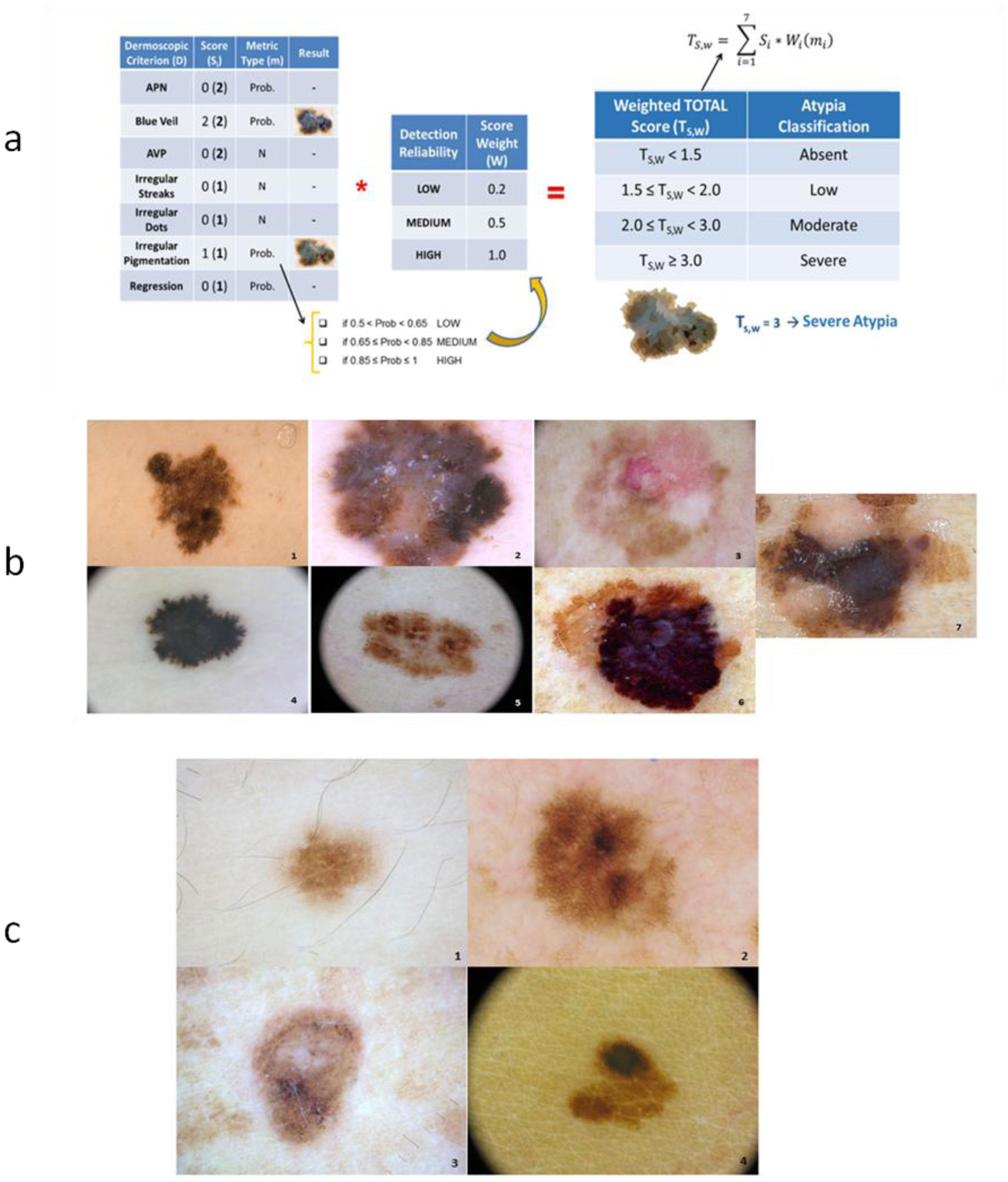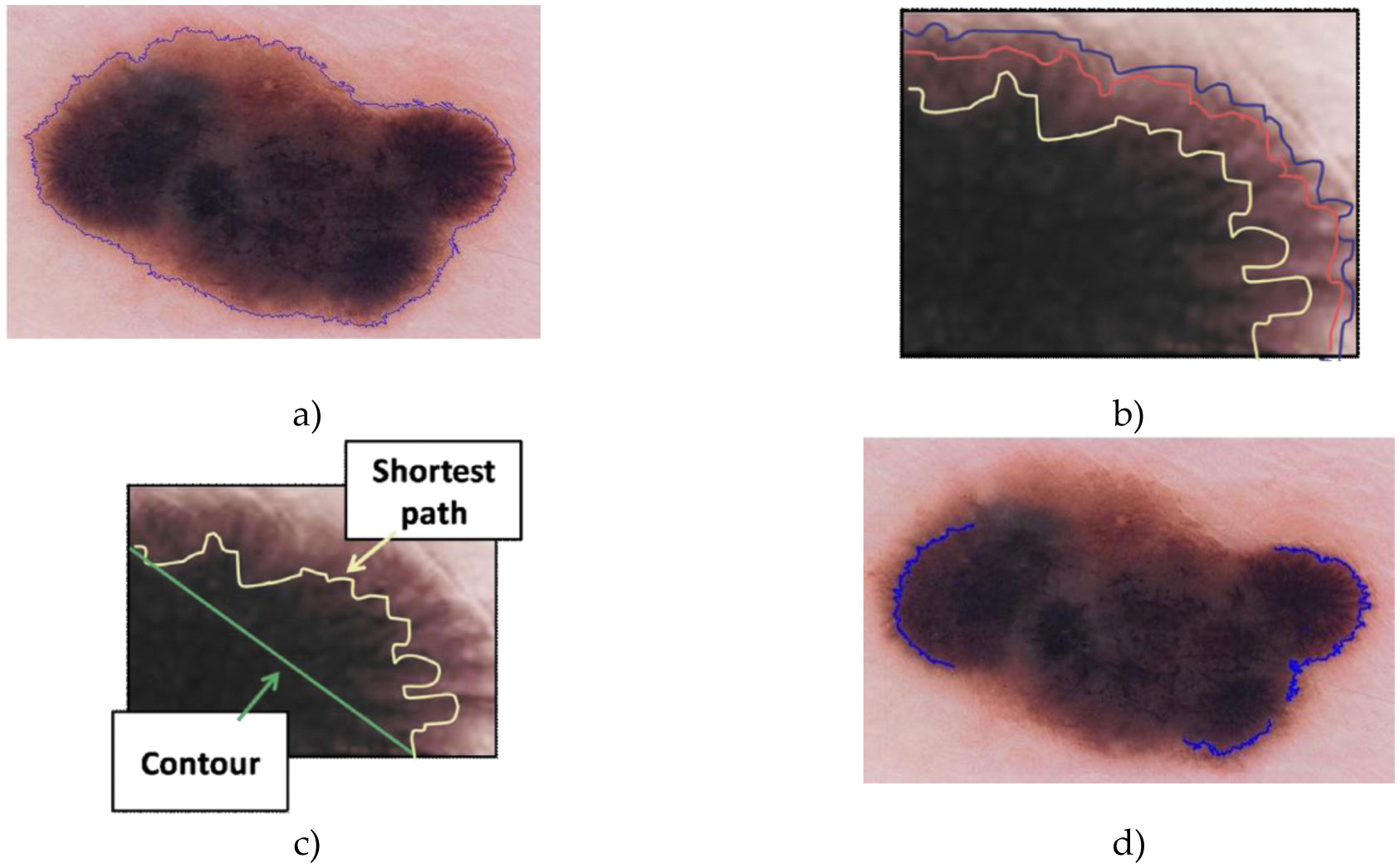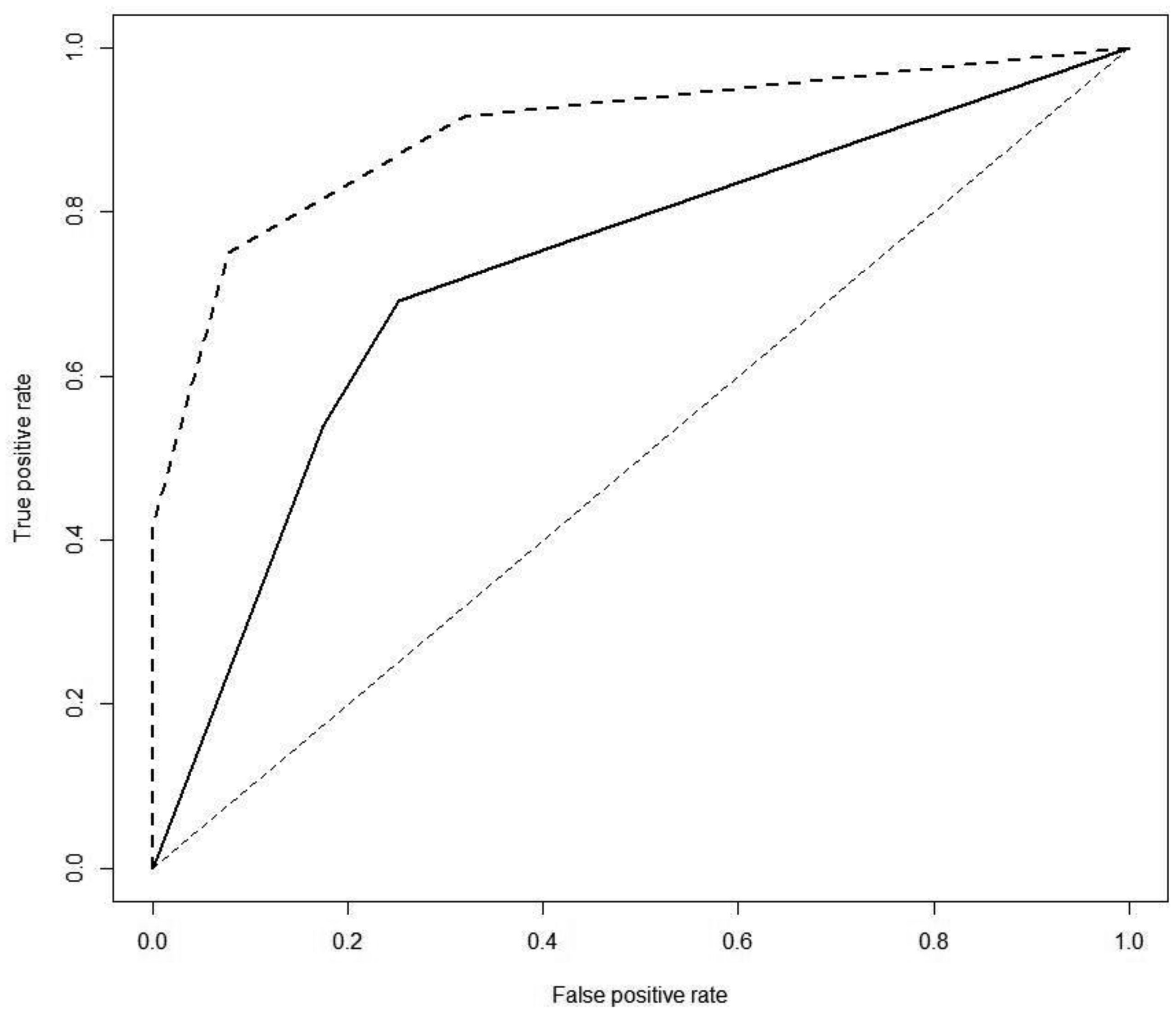The incidence of cutaneous melanoma has been increasing over the past few decades. The introduction of dermoscopy has enriched the diagnostic armamentarium of dermatologists improving diagnostic accuracy. The involvement of General Practitioners (GPs) and the use of telemedicine systems could constitute a new resource to make available early diagnosis to a larger population and to rationalize health resources in favor of patients at high risk of developing skin tumors.
Aims
Primary aim of this study is to assess the feasibility of a “hub and spoke” model for the cooperation between high-specialty hospital units and GPs, using a new online teledermatology platform (I3DermoscopyApp®), that recently has been proved as a valid semiautomatic diagnostic image-based measurement system. Secondary aim is to evaluate the reliability of this semiautomatic diagnostic system in a clinical model of real life.
Methods
An observational cross-sectional study using a “hub and spoke” model, was conducted at Dermatology Unit of Department of Clinical Medicine and Surgery of University Federico II of Naples. GPs and dermatologists were involved in this study after a demormoscopy traninig.
Results
The system proved to be reliable in the triage phase and useful in the rationalization of highly specialized medical resources. Comparing patients diagnosed with malignant skin tumors through teledermoscopy system with patients with the same skin lesions of our department not participating to the study, we noticed that latency time between diagnosis and surgical excision were significantly decreased demonstrating the reliability of this semiautomatic diagnostic system in a clinical model of real life.
Discussion
This study demonstrating the feasibility of a hub and spoke system based on a teledermatology cooperation between GPs and dermoscopy trained dermatologists. The use of teledermoscopy improves the ability of GPs selecting lesions suggestive of skin cancer without increasing the number of unnecessary expert consultations.
1.
Introduction
In December 2019, a new virus from the coronavirus family, similar to severe acute respiratory syndrome-related coronavirus (SARS-CoV) and Middle East respiratory syndrome–related coronavirus (MERS-CoV), caused new cases of pneumonia in Wuhan, China [1],[2]. According to the World Health Organization (WHO), the disease was named COVID-19 on March 11 and was declared a global emergency. According to the WHO reports, from the beginning of the disease until December 21, 2020, more than 75,700,000 cases have been diagnosed globally, which indicates rapid spread of the disease [3].
Although COVID-19 affects the respiratory system and main clinical manifestations of the infection present in the upper and lower respiratory system, cutaneous manifestations have been reported in some case series [4],[5]. These manifestations can be in the form of morbilliform or urticarial mimicking viral exanthema, papulovesicular, maculopapular and erythematous lesions, or less commonly varicella-like vesicles [4],[6],[7],[8].
Here, we present 3 patients with COVID-19 who developed papular cutaneous manifestation which disappeared without specific treatment.
2.
Case presentation
From May 2020 to October 2020, three patients without previous history of any specific illness or recent drug use leading to drug interactions, were admitted to our hospital with suspected symptoms of COVID-19. Demographic and clinical features of the 3 patients are summarized in Table 1. All of them were men (n = 3) and the median age was 35.3 years (range, 33–39 years). All patients had fever, dry cough and mild to moderate dyspnea. Also 66% (n = 2) had body ache. Considering COVID-19 outbreak in the area, reverse transcription polymerase chain reaction (RT-PCR) test for coronavirus on nasopharyngeal specimen was done which was positive for all three patients. Their chest CT-scan revealed bilateral ground-glass opacity features which compatible with COVID-19.
For all the patients, Hydroxychloroquine, Azithromycin, Naproxen and Vitamin D were administered. On average after 11 days (range, 3–17 days), diffuse small to moderate-sized cutaneous lesions were developed on trunk (100%, n = 3), back (66%, n = 2) and upper limbs (66%, n = 2) in the form of reddish papular lesions without secretions (Figures 1–3). No mucosal involvement was found in examination. Moderate itching was reported in 33% of patients (n = 1). As the lesions began to disappear in one anatomic area, they began to appear in another area. On average after 6 days (range 5–8), the lesions started to disappear without any specific treatments. At first the lesions became dark and then disappeared. Lesional biopsy performed on one of the patients (patient's ID:3) and revealed infiltration of PMNs in epidermis, mild hyperkeratosis and acanthosis (Figure 4).
3.
Discussion
COVID-19 after its widespread outbreak in Wuhan, China, has spread rapidly across Asia and entire the world, becoming a health challenge and concern for the global medical system. Initially, the range of symptoms was limited to a viral respiratory infection such as dry cough, low-grade fever, and headache; But over time, newer symptoms of the disease have been seen and reported in other organs of the body, including loss of smell and taste, diarrhea and body aches, and etc [2],[9]. Also, recent studies which have investigated clinical features of COVID-19 have shown that this infection can be associated with a range of cutaneous manifestations like maculopapular, papulovesicular, pityriasis rosea-like, urticarial, gangrene, pseudoperniosis, livedo reticularis pustular lesions In a Meta-Analysis by Sameni et al. [10] which reviewed 43 studies, the incidence of such cases was 0.2% in Asian studies especially in China and Thailand. Based on their study, the most common types of cutaneous manifestations were erythematous lesions, rash, and urticarial and also, out of 48 patients with skin manifestations, 4 have papular lesions.
According to studies, the involved region are different in patients and can be the abdomen, limbs and even in a few cases the head and face but in most articles it is stated that the main involved region was the abdomen [4],[5],[6],[7],[8]. As we have claimed, there is no report in existing studies on association of skin manifestations with the prognosis or severity of infection by SARS-COV-2.
4.
Conclusions
Considering the presented cases and other similar reports in the literature, cutaneous manifestations could be observed in COVID-19 disease, so it is necessary for physicians and healthcare providers to be aware of cutaneous manifestations of COVID-19 disease. Also, special attention should be paid to skin examinations of patients and if they notice skin manifestations, differentiate them from other viral or dermatological disease and drug reactions with symptoms related to COVID-19 disease.
Our only limitation was missing histopathological biopsy from skin lesions of other patients and unfortunately only one patient agreed to a biopsy of his lesions. Therefore, we recommend that physicians and healthcare providers persuade and reassure patients similar to us to have a biopsy to reveal more details of this manifestation.









 DownLoad:
DownLoad:
